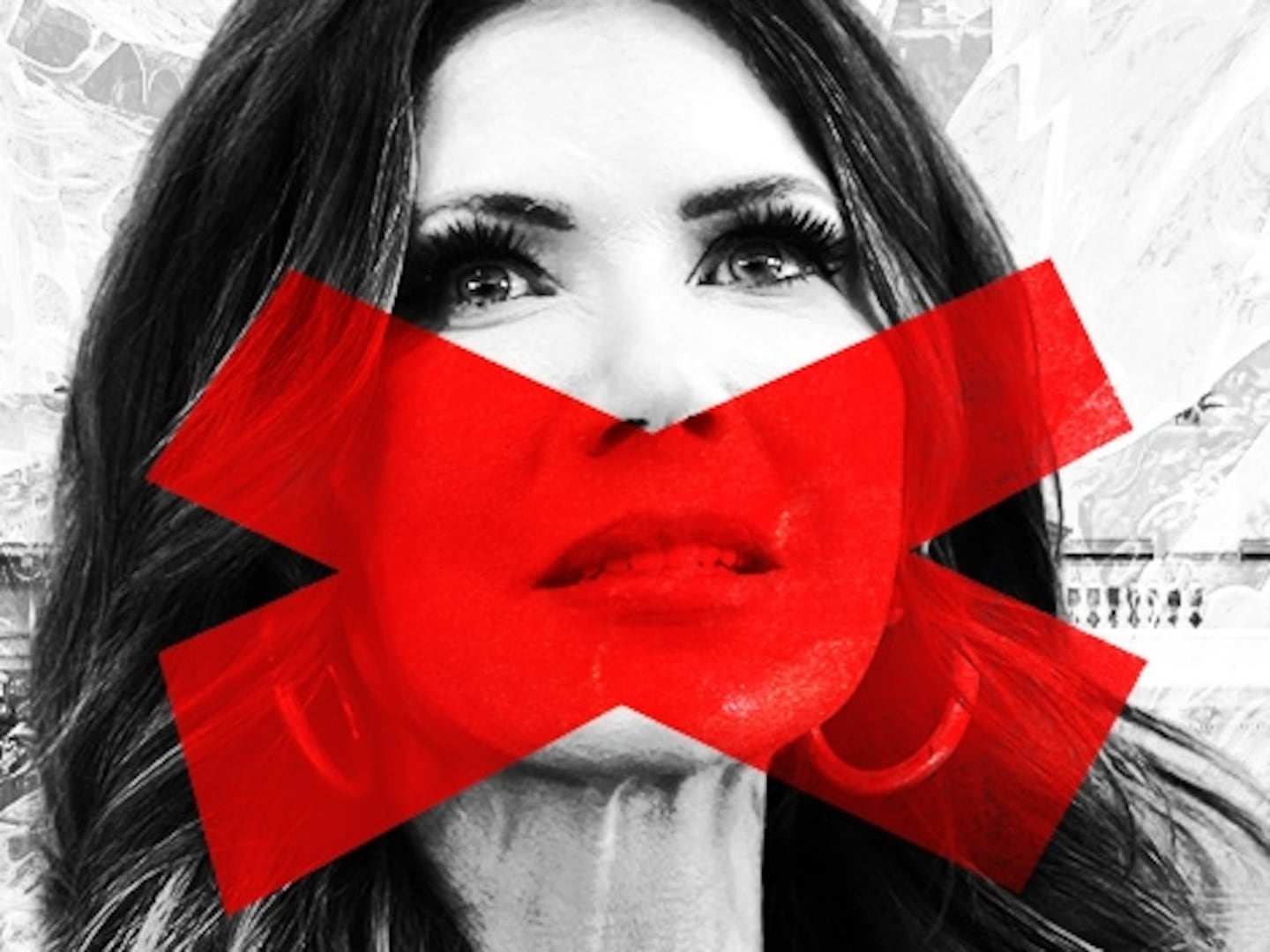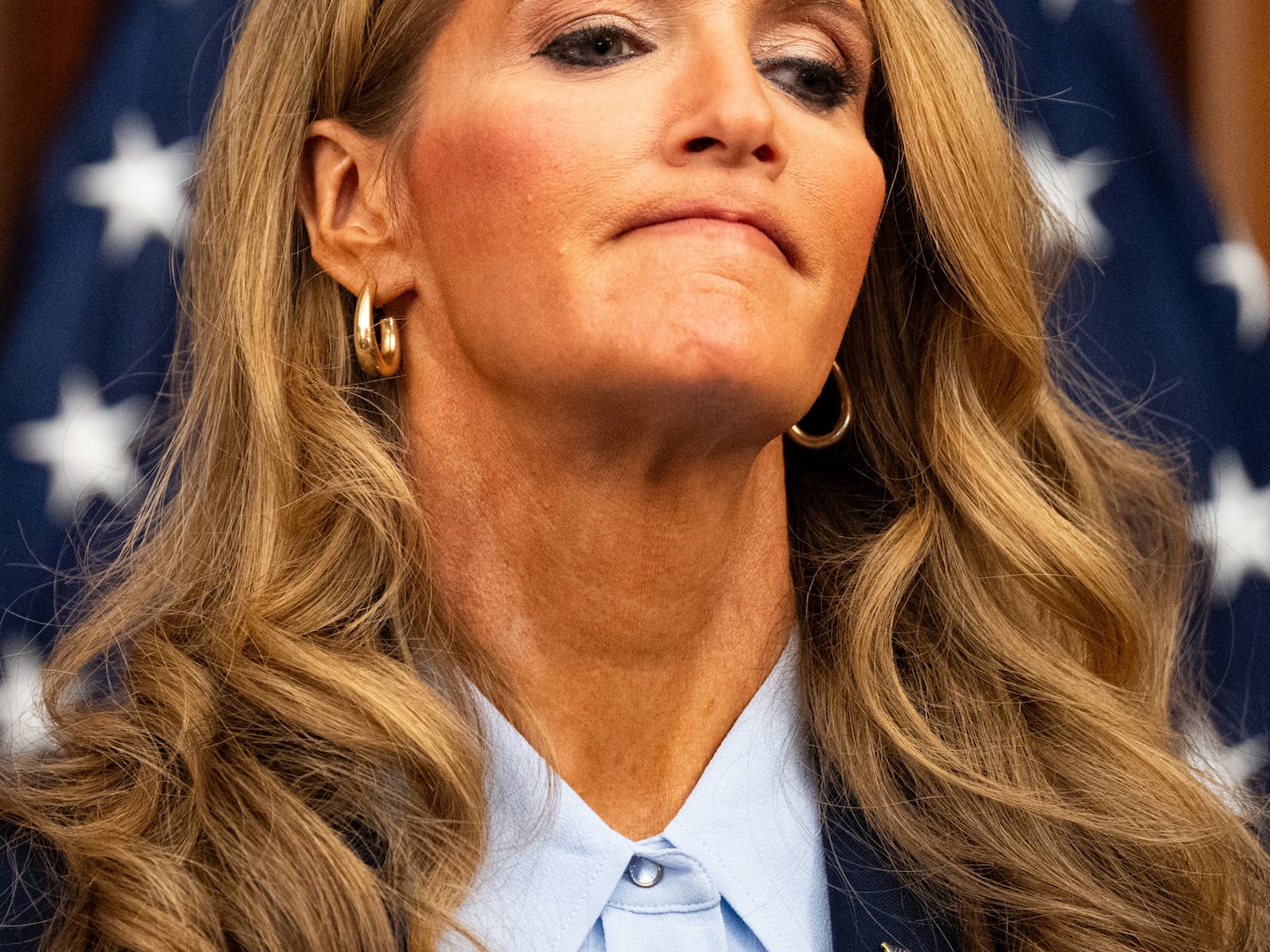Disney princesses can be reimagined as anything. We’ve seen them as different ethnicities. Or as velociraptors, or with short hair, with body hair, as rocks, as sloths, as mermaids, as hipsters, and the list goes on and on but that would require linking you to literally hundreds of Buzzfeed posts.
Now, thanks to Middle Eastern artist Saint Hoax, we can reimagine Disney princesses with period stains as a helpful reminder that there is nothing wrong with menstruation.
Saint Hoax presumably hopes we will look at these images, faces aghast, and be outraged. “Please stop ruining our Disney princesses!” we are supposed to shout back. And he is partially right; if you are trying to make social commentary, please stop reimagining Disney princesses.
Saint Hoax has noble goals for using Pixlr and quickly adding a dash of red to stock images of Disney princesses. He decided to change the world, one Instagram post at a time, after his friend ended up with a bloodstain on her skirt and was shamed by her date—the portrait of an artist as a young Instragrammer.
“Disney princesses are perceived as perfect females. Portraying them with period stains implies that could happen to any female and it’s a natural process," Saint Hoax told The Huffington Post.
“As a guy, I never had a problem understanding menstrual cycles because I was surrounded by girls and women in my family. My mother explained to me early on how a period works and that there is nothing shameful or appalling about it. That kind of awareness is what people are lacking,” he said to The Huffington Post.
Saint Hoax, or actually his mom, brings up an important point—the dominant cultural narrative around menstruation shames women into keeping silent. Saint Hoax is trying to do his job as artist: challenge dominant ideologies. Too bad he chose Disney princesses for his cultural fight.
Images hold power and the impossibly perfect and whitewashed Disney princesses present an unrealistic and troubling idealization of female beauty. However, when a symbol has been so reworked and repurposed as a template to impose ideology, the original image loses meaning.
Disney princesses have become the template on which social justice warriors, comedians, or lazy artists can impose ideology with clear reward: an instant HuffPo and Buzzfeed post, a few Facebook shares, and back to the drawing board again. It’s not challenging, nor revealing, nor innovative. It’s a marker of a lazy hack shouting defiantly into the social media void.
When Disney princesses are reimagined as “real women” but also as office supplies, the images have become just different permutations of a mind-numbingly played-out meme.
We forget that Disney princesses were once “perceived as perfect females.” We only remember Ariel reimagined as a stapler. The image has lost all power.
Leave our princesses alone.






